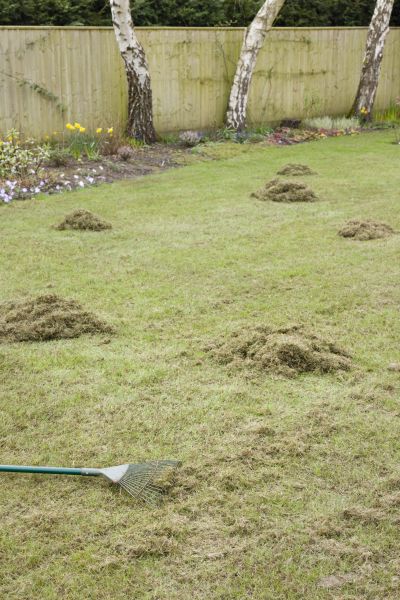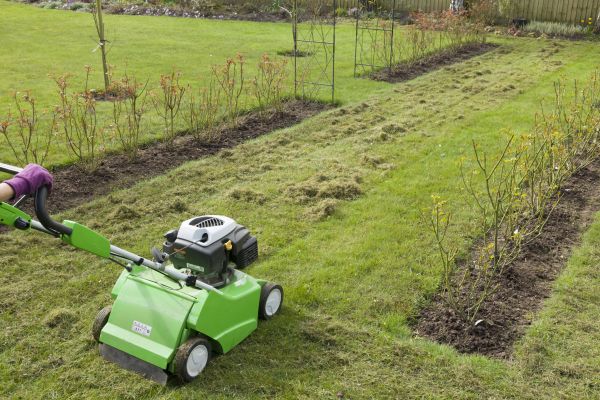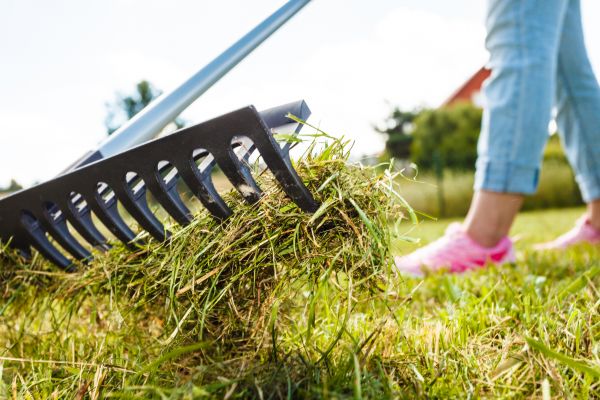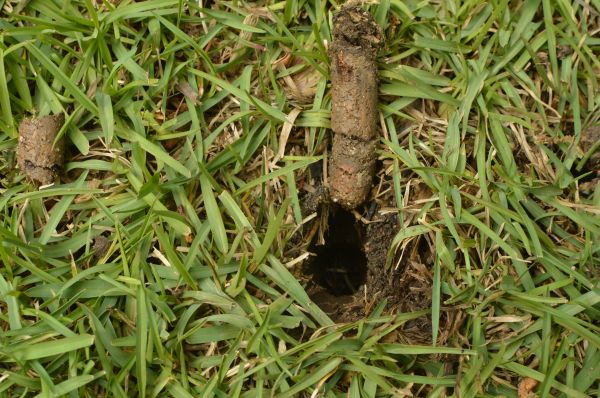Lawn Dethatching Service
Affordable Lawn Dethatching
Lawn dethatching is a crucial maintenance process that involves removing the layer of dead grass, roots, and debris, known as thatch, that builds up between the soil and the grass blades. Over time, this thatch layer can become too thick, preventing air, water, and nutrients from reaching the soil and the roots of the grass. This can lead to a lawn that appears unhealthy and weak. Regular dethatching helps to maintain a vibrant and lush lawn by promoting better air circulation, improving water absorption, and allowing nutrients to penetrate the soil more effectively.
Benefits of Lawn Dethatching
-
Improved Air Circulation
By removing the thatch layer, dethatching allows air to circulate more freely through the soil and grass roots. This improved airflow helps to prevent diseases and promotes healthier grass growth. -
Enhanced Water Absorption
Thatch can act like a barrier, preventing water from reaching the soil. Dethatching breaks up this barrier, ensuring that water can penetrate the soil more effectively, which is vital for maintaining a healthy lawn, especially during dry periods. -
Better Nutrient Uptake
When the thatch layer is too thick, it can block fertilizers and other nutrients from reaching the soil. Dethatching ensures that these essential nutrients can reach the roots, promoting stronger and more resilient grass. -
Increased Lawn Resilience
A lawn that receives regular dethatching is better equipped to withstand stressors such as drought, pests, and heavy foot traffic. By keeping the thatch layer in check, the grass can grow more robustly and recover more quickly from damage.
FAQs About Lawn Dethatching
What is the best time of year to dethatch a lawn?
The best time to dethatch a lawn is during the growing season, either in early spring or early fall, when the grass can recover quickly from the process.
How often should a lawn be dethatched?
Lawn dethatching frequency depends on the type of grass and the amount of thatch buildup. Generally, dethatching every 1-3 years is sufficient for most lawns.
Can dethatching damage my lawn?
When done correctly, dethatching should not damage the lawn. It's important to perform dethatching during the appropriate season and avoid removing too much thatch at once.
What is the difference between dethatching and aerating?
Dethatching removes the layer of thatch, while aerating involves perforating the soil with small holes to allow air, water, and nutrients to penetrate the roots more easily.
Fill out the contact form today to request professional Lawn Dethatching services and enjoy the benefits of a healthier, more resilient lawn.




